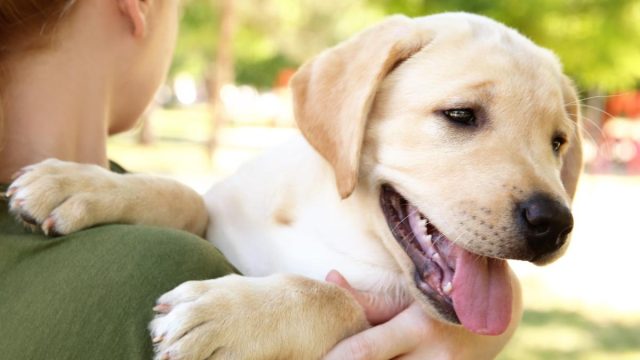In a bustling world filled with stress and anxiety, many are turning to alternative therapies to find solace and healing. Among these unconventional approaches, animal-assisted therapy (AAT) is gaining recognition for its unique ability to connect individuals with nature and promote well-being.
Equine-Assisted Therapy: Finding Strength in the Company of Horses
Contents
One form of AAT, known as equine-assisted therapy (EAT), harnesses the gentle power of horses to address a range of physical, emotional, and cognitive challenges. Imagine walking into a serene pasture, greeted by the gentle nuzzle of a horse—a scene that has become a cornerstone of EAT sessions. But it’s not just about the picturesque setting; it’s about the profound connection forged between human and horse.
Studies published in esteemed journals such as the Military Medicine Journal and the Gerontology Journal have shed light on the transformative effects of EAT. For veterans grappling with post-traumatic stress disorder (PTSD), spending time with horses has offered a path to healing, providing a sense of calm and companionship amidst the turmoil of their minds. Similarly, elderly patients in long-term care facilities have found solace in the company of therapy dogs, experiencing improvements in mood, social interaction, and overall quality of life.
Dolphin-Assisted Therapy: Exploring the Depths of Healing
Dolphin-assisted therapy (DAT) takes a dive into the depths of healing, quite literally. Picture yourself gliding through crystal-clear waters, surrounded by the playful antics of dolphins—an experience that goes beyond mere recreation to touch the realms of therapeutic intervention.
Research featured in the Disability and Rehabilitation Journal and the Journal of Affective Disorders has highlighted the promising benefits of DAT for individuals with cerebral palsy and depression, respectively. For children with cerebral palsy, interacting with dolphins has translated into tangible improvements in motor function and emotional well-being. Likewise, individuals grappling with depression have found relief in the joyous company of these intelligent marine mammals, experiencing a renewed sense of hope and vitality.
Other Forms of Animal-Assisted Therapy: Tailoring Healing to Individual Needs
Beyond the pastoral landscapes of equine therapy treatment for schizophrenia and the azure waters of dolphin encounters, animal-assisted therapy (AAT) takes on myriad forms, each uniquely tailored to address the diverse needs of its participants.
In the realm of developmental disorders, such as autism spectrum disorder (ASD), AAT has emerged as a promising avenue for fostering social connection and communication skills. Studies cited in the Journal of Autism and Developmental Disorders have underscored the positive impact of AAT interventions for children with ASD, paving the way for enhanced integration and interaction within their communities.
Similarly, for children grappling with attention-deficit/hyperactivity disorder (ADHD), AAT holds promise as a complementary therapeutic approach. Research published in the Journal of Child and Adolescent Psychiatric Nursing has highlighted the efficacy of AAT in reducing hyperactivity and improving focus among children with ADHD, offering a ray of hope for families navigating the challenges of this condition.
Conclusion: Embracing the Healing Power of Animal-Assisted Therapy
As we navigate the complexities of modern life, the allure of animal-assisted therapy (AAT) beckons—a beckoning that speaks not only to our desire for healing but also to our innate connection with the natural world. Whether through the steady presence of horses, the playful companionship of dolphins, or the gentle reassurance of therapy dogs, AAT offers a beacon of hope amidst the tumult of our times.
As we embrace the healing power of AAT, let us not only celebrate its myriad benefits but also advocate for its integration into mainstream healthcare practices. For in the simple act of connecting with animals, we rediscover the timeless wisdom of nature—a wisdom that speaks to the very essence of our humanity.
So let us tread forth on this journey of healing, guided by the gentle hoofbeats of horses, the graceful leaps of dolphins, and the unwavering loyalty of our animal companions. For in their presence, we find not only solace but also the profound realization that, in the tapestry of life, we are never truly alone.


